The (Virtually Unknown) Duntov Turbo (Corvette)
The Duntov Turbo was built as a partnership between American Custom Industries (ACI), a company known for building replacement Corvette body panels, and Zora Arkus-Duntov. It was developed as a highly-stylized convertible sports car based on the production model Corvette (remember that GM had stopped building Corvette convertibles after 1975.) Each of the special Duntov Turbo’s also came equipped with a turbocharged V8 engine.
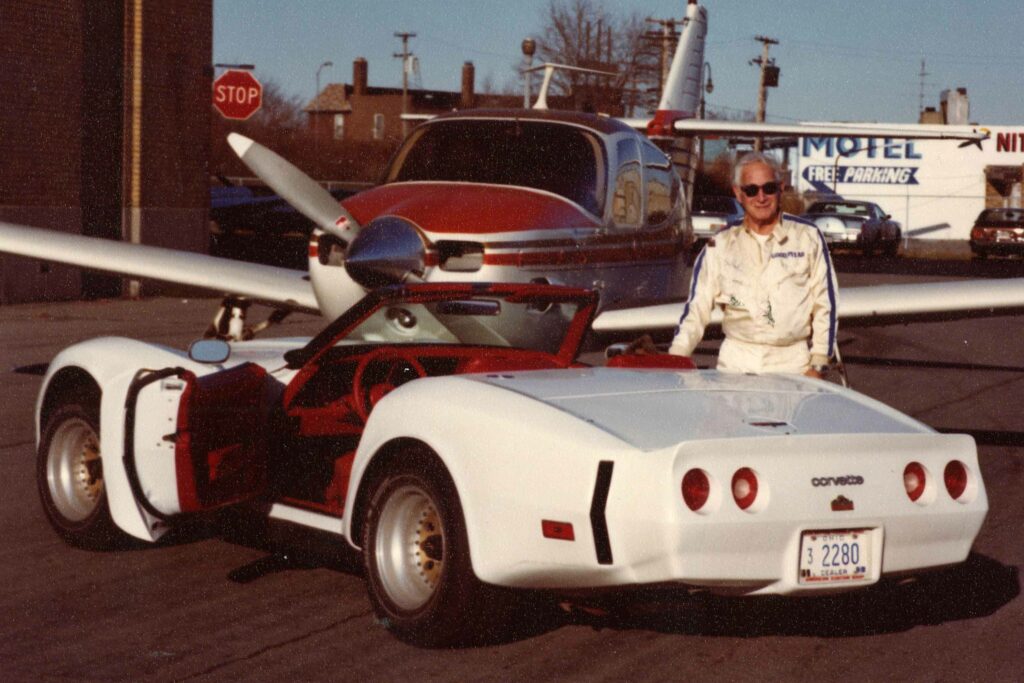
The partnership provided both Zora and ACI with some unique opportunities. ACI gained greater credibility in the Corvette community after partnering with Zora. Zora was finally able to build a Corvette with a turbocharged engine, something that GM’s top brass had always shot down as being “too expensive” with “too limited a market to make it profitable.”
The Duntov Turbo (as it is officially known) was developed around the same platform as John Greenwood’s widebody race cars, though somewhat less outlandish in their outward appearance. The panels increased the width of the Duntov Turbo by six inches over that of a stock Corvette. All of the Duntov Turbos were finished in white with a red interior (an obvious homage to the original 1953 Corvette which started Duntov’s life-long affair with the brand.)
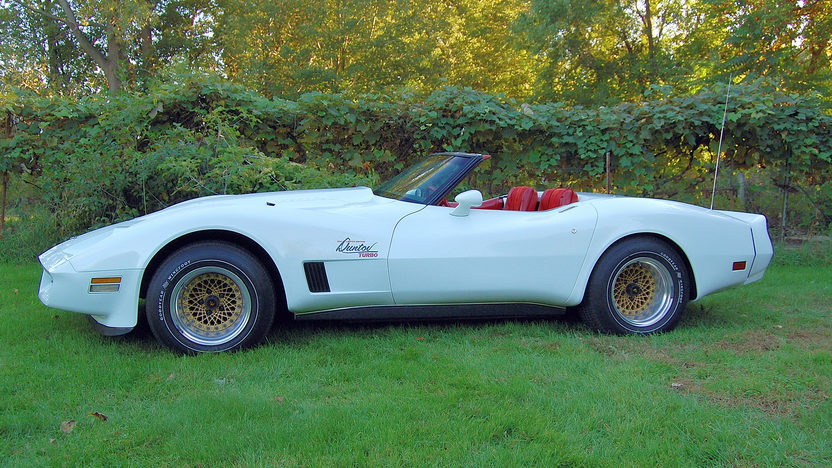
Production of the Duntov Turbo began in late 1979 (as a 1980 MY) and was limited to just 200 cars. Each of the Corvettes began its life as a coupe. They were purchased from Richard Chevrolet in Temperance, Michigan and delivered to ACI in Sylvania, Ohio. As Chevrolet had not built any Corvette convertibles since 1975, ACI used the same frame and cowl stiffening hardware that GM had used five years earlier. Each car was given a special suspension and wheel package, which included Bilstein shocks and Weld Wheels wrapped in Goodyear Wingfoot tires – P255/60 in the front and P265/60 in the rear. Each car also received a number of custom interior features, including digital secondary gauges.
As work commenced on the production of the Duntov Turbo, ACI quickly discovered that mounting a turbocharger into the limited engine space afforded by a 1980 Corvette was going to be a significant problem. The issue was that the limited space caused an appreciable heat issue that melted the rubber hoses in the engine compartment. Braided metal hoses eventually replaced the rubber ones, and additional air vents were integrated into the car’s front end, allowing the added cooling necessary to eliminate the overheating issue.
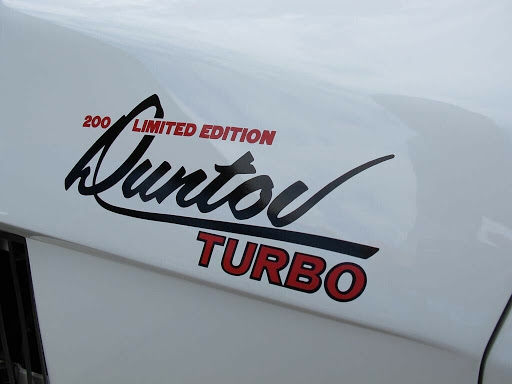
These modifications caused an escalation in the car’s production costs. ACI approached Zora about abandoning the Turbo, arguing that the turbocharger only marginally improved the car’s overall performance, despite adding nearly 70 horsepower to the stock 350 cubic inch engine (305 cubic inch engine for those cars being shipped to California.) Additionally, the turbo only came on cars equipped with an automatic transmission, which further hindered the car’s perception in the eyes of automotive enthusiasts from that era.
Zora insisted that the turbocharging was to remain or he would remove his name from the project. In the end, Zora won out. ACI worked thru the overheating and performance issues and eventually produced a viable car that produced 7 pounds of boost from its Turbo International chargers.
The base price of the Duntov Turbo started at $30,000, which was double what a base 1980 Corvette coupe started at. While consumers are often willing to pay considerably more for higher performance, the Duntov Turbo didn’t deliver the goods. Potential buyers quickly discovered that the Duntov Turbo lacked the “giddy-up-and-go” that they expected out of a turbocharged Corvette. Moreover, the outlandish body panels were considered gaudy and unattractive.
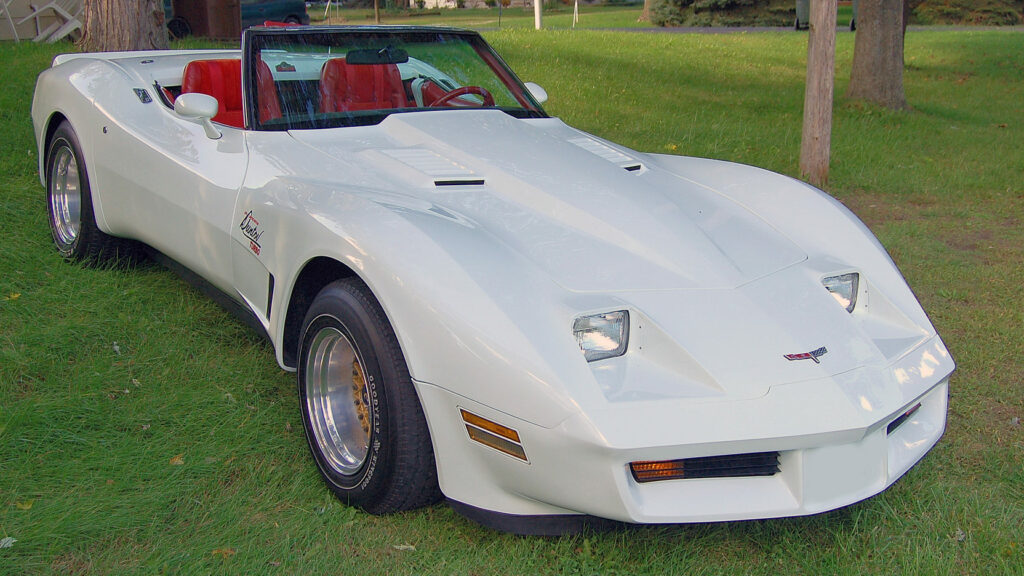
The Duntov Turbo failed miserably when it hit the market. Recognizing their business plan was in serious trouble, ACI began offering customers the option of converting their own Corvettes into Duntov Turbos, even offering to paint the cars whatever color prospective customers desired. Several customers took advantage of this option, but in the end, the 1980 Duntov Corvette was a flop.
It is generally agreed that a total of 86 Duntov Corvettes were built in 1980, though that number has never been formally confirmed. Despite lending his name and reputation to the project, Zora never received his own Duntov Turbo. His agreement with ACI had contained a clause that Zora would be given a car after the first 100 examples were sold. It was a milestone that ACI failed to reach.


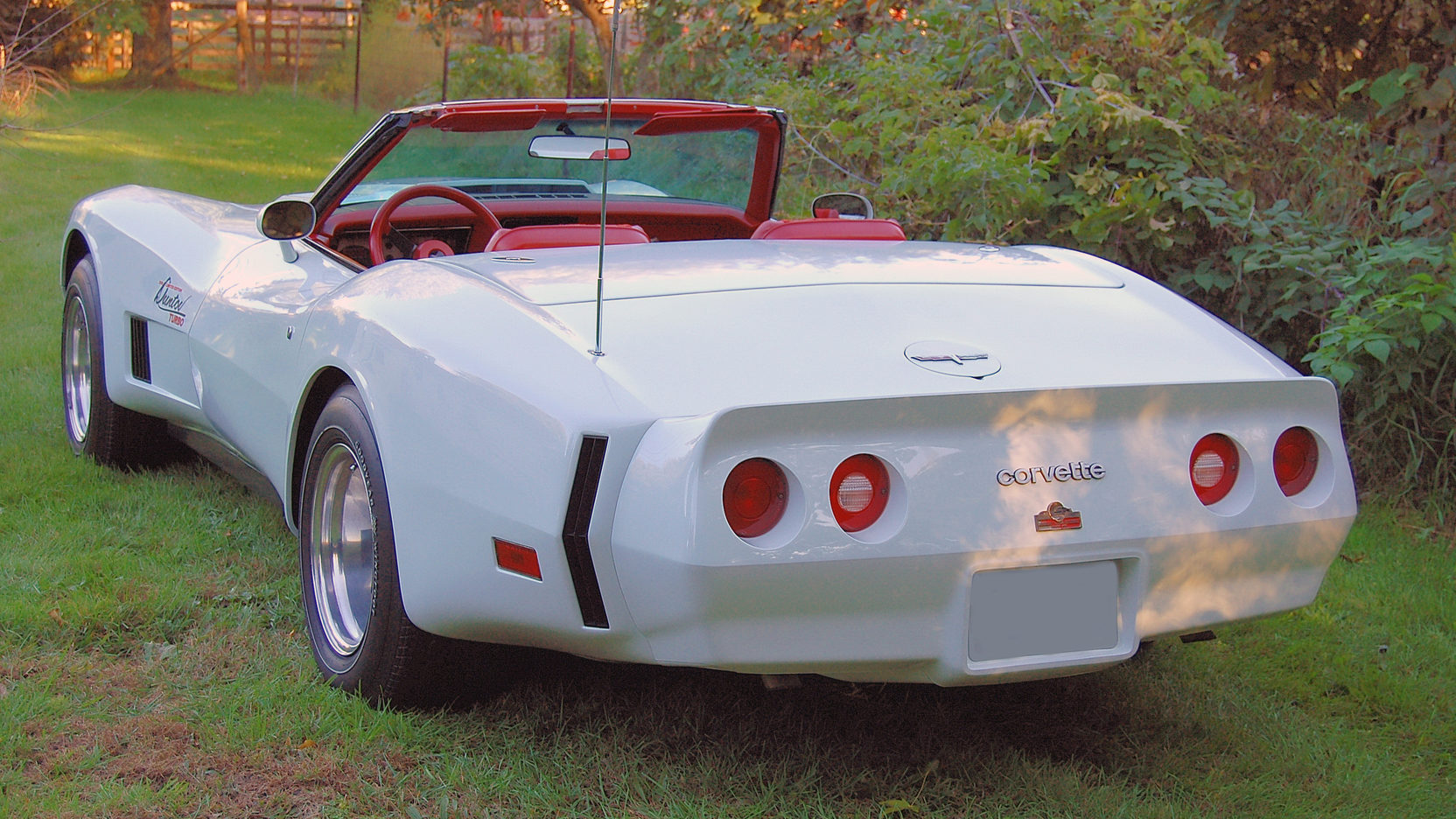
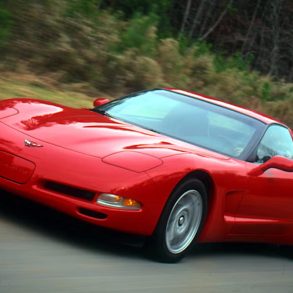


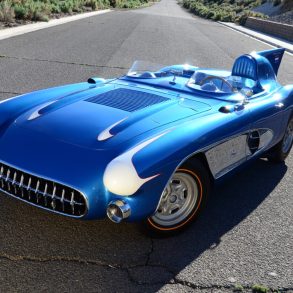
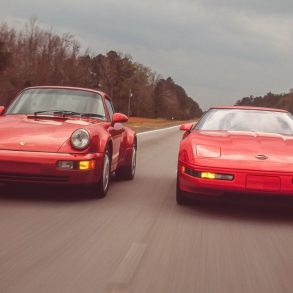
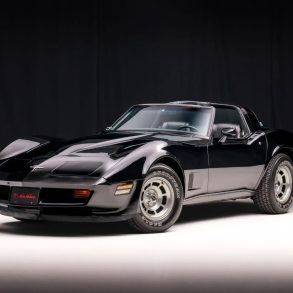
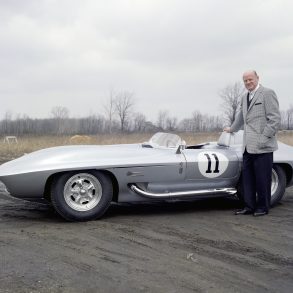
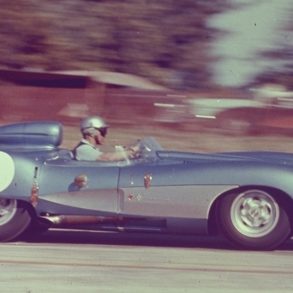

I have a 65 girlie not matching side pipes knock offs wood wheel car is red coupe 70 k miles car needs chrome work scrape on it pass door car is probably a no 2 or low 3 what is a fair price
My husband bought the first three Duntov Turbo Corvettes. His was customized in his Alma Mater University of Michigan colors of maize and blue, license plate JWR, his initials. Mine was the original red & white, license plate SMR. The one he bought for his son Kenny, was exactly like mine. His license plate was KMR. Great memories of years gone by.